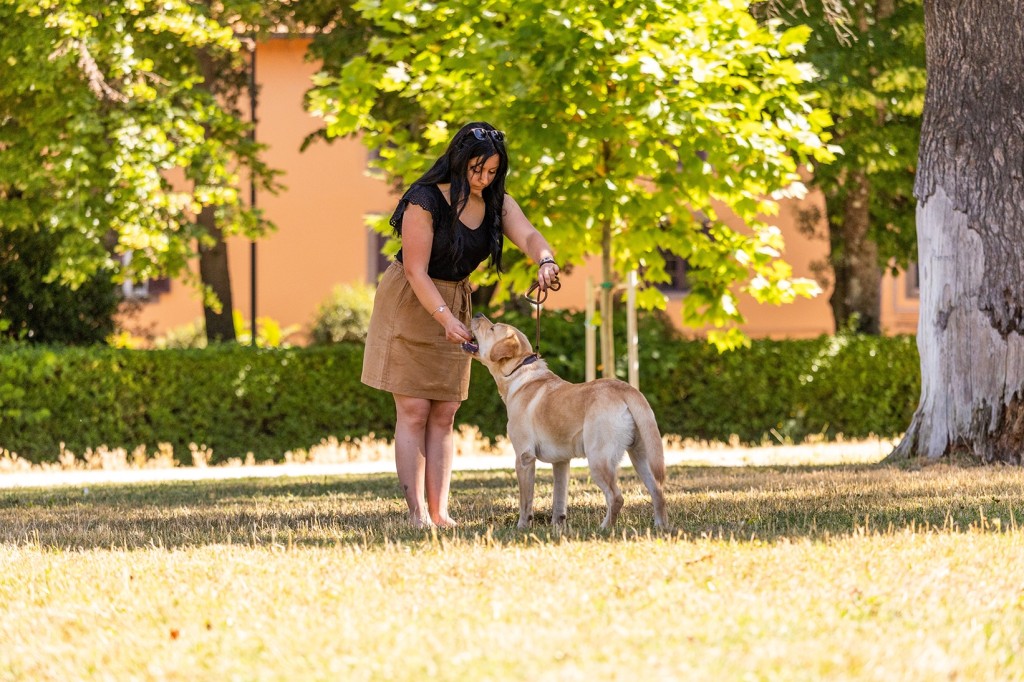Hey there, fellow dog enthusiasts! Niki the English Setter here, your canine linguistics expert. Today, we’re going to explore the fascinating world of dog barks and learn how to decode their meanings. Trust me, understanding your dog’s barks will take your human-canine bond to a whole new level! So, let’s get started.

First, let’s dive into the science behind why dogs bark. Barking is a form of vocal communication that dogs use to convey a variety of emotions, needs, and desires. While humans primarily use verbal language to communicate, dogs rely on a combination of vocalizations, body language, and facial expressions. Barking is just one aspect of this complex communication system.

Now that we know the basics, let’s take a closer look at the different types of barks and their meanings:
- Alert/Warning Bark: This type of bark is typically loud, sharp, and repetitive. It’s your dog’s way of alerting you to a potential threat or intruder, like a stranger approaching the house or another animal entering their territory.

- Attention-Seeking Bark: If your dog wants your attention, they might bark in a softer, more high-pitched tone. This bark is often used when your dog wants to play, go for a walk, or simply get some extra love and affection.

- Fear/Anxiety Bark: When a dog feels threatened or anxious, their bark might be more high-pitched and rapid. This type of bark can occur in response to a sudden noise or an unfamiliar situation.

- Playful/Excited Bark: When your dog is feeling playful and excited, their bark might be higher-pitched and accompanied by a wagging tail and play bows. This is your dog’s way of inviting you to join in on the fun.

- Frustration/Protest Bark: Dogs may bark in a lower, more growl-like tone when they’re feeling frustrated or protesting something, like being left alone or not getting what they want.

- Pain/Injury Bark: If your dog is in pain or injured, their bark may be sharp and sudden. This type of bark is often accompanied by signs of discomfort, like limping or holding up a paw.
To better understand your dog’s barking language, pay attention to the tone, pitch, and context of the bark. Also, observe their body language and facial expressions, as these can provide additional clues about what your dog is trying to communicate.

In some cases, excessive barking may be a sign of an underlying issue, such as boredom, anxiety, or a medical problem. If you’re concerned about your dog’s barking, consult your veterinarian or a professional dog trainer for guidance.
Remember, barking is a natural form of communication for dogs. By taking the time to understand and decode their barks, you’ll be able to strengthen your bond and communicate more effectively with your canine companion.
Sources :
- 11 Types of Dog Barks: What Do They Mean? https://www.hepper.com/types-of-dog-barks/
- Learning to Speak Dog – The Meaning of Your Dog’s Barks https://www.akc.org/expert-advice/lifestyle/learn-speak-dog-meaning-dogs-barks/
- 22 Types Of Dog Barks And Sounds + What They Mean (2023) https://dogsandclogs.com/types-of-dog-barks-and-sounds/











